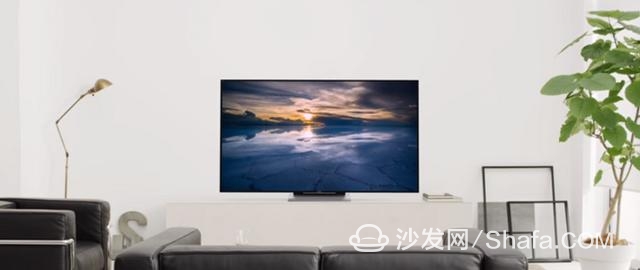
As the home entertainment center of the past, television has been flooded with screens of various sizes. Its unique status is constantly challenged by computers, tablets, and even mobile phones. Fortunately, as the price of large-screen TVs continues to decline in recent years, its size advantage has gradually begun to show up. After all, the shock of 65-inch or larger screens in the living room is far from comparable to flat-panel phones. NAS, AirPlay and other wireless transmission standards, MHL interfaces, etc., continue to spread, so that its content sources are extremely rich, and will no longer hold dozens of television stations can not find things to see.
Well, the brand and model of TV in the market are so complicated. What are the parameters of the online expert text? Want to pick a good television for yourself, which core requirements should you pay attention to? Each brand has a lot of choices, which is more cost-effective? If you have these problems, you may wish to go with the encyclopedia Xiaobian, clear out the parameters of knowledge, clear the core needs, and finally pick out the most suitable for their own cost-effective choice.
Some background you need to know
As with other electronic products, measuring the quality of a TV requires a lot of specific parameters. Most people buy TVs for a long period of time. When they really want to buy TV, they will inevitably feel dizzy. In fact, these parameters are not so complicated, please allow Xiaobian 11 questions for you.
OLED and LCD:
For OLEDs and LCDs, most people only need to know that OLEDs emit light actively, and LCDs need backlights (the current mainstream is LED backlights). Although OLEDs have inherently strong advantages in black level performance and dynamic blur, they are the future. The development direction of display technology is still in an early adopter stage. In the short term, prices are naturally high, and in the face of increasingly sophisticated LCD technology, it is not yet fully dominant.

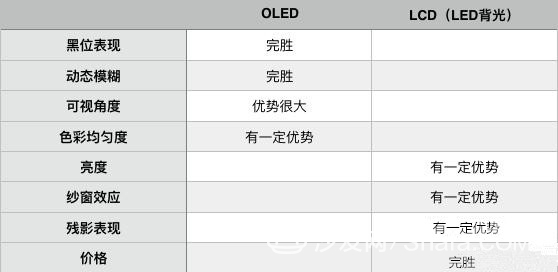
Which of the IPS and VA panels (hard and soft) is better?
At present, mainstream LCD panels in the TV field are IPS and VA, that is, hard screens and soft screens that businesses will repeatedly render (TN panels are generally not applied to such a large size). From the perspective of innate technology, the two panels with the same price can only say that they have advantages and disadvantages. It is not easy to judge “hard screenâ€. To give a simple example, the SONY's lowest-end W650 series uses an IPS hard screen, while the top-end X9300D uses a VA soft screen, and the performance of the two is very different.
Here we also simply use a table to illustrate the advantages and disadvantages of the same level of civilian market IPS and VA panel:

Although current 4K resources are still scarce, with the popularization of UHDBD and other sources, high resolution is still the foreseeable future. Today's high-end panels are mainly based on 4K. Most TV manufacturers have optimized the current 720P 1080P signal source, and their performance will be even better than 1080P. Therefore, if the budget allows, you can't even touch 4K video. It is also not too exclusive of high resolution.
120Hz means that the bigger the refresh rate, the better?
At present, the mainstream refresh rate of TV panels in the market is 60Hz and 120Hz. Values ​​higher than this are generally business promotion techniques for businesses, and some businesses may exaggerate the role of 120Hz in motion blur. In fact, this does not have any effect on normal viewing. influences. For example, when you play a 24P video, 60Hz and 120Hz are exactly the same. Of course, 120Hz can be useful for users who are watching from a computer at close range. At present, most of the mainstream large-size VA panels on the market are 120 Hz, while the IPS panel has both refresh rates.
Surface Technology: Is It Necessary To Buy A Surface TV?
Curved TV is undoubtedly the hot spot in the near future. Sony, Samsung and many domestic TV brands have got involved. Technically speaking, this is not too difficult, and the advantage is that the wrapping feel brought by the surface allows you to have a stronger immersive experience and achieve better depth of field effects and vision. But at the same time, it also brings some disadvantages. Apart from the appalling light leakage picture on the Internet, the viewing angle is single, and the wall hanging effect is poor. If you fancy its advantages, Xiao Bian here suggests that you buy a little bigger, the effect of two-meter 65-inch surface is really shocking.
Dynamic compensation technology
Due to the inherent problems of liquid crystal technology, panel makers and TV manufacturers generally provide dynamic compensation schemes for LCD TVs with relatively large sizes. The principle is mostly to use dynamic techniques to add a frame of motion compensation between two frames of normal playback images. Frames have achieved a smoother picture. However, the specific effects need to be specifically looked at according to the panel configuration, and there is no special rule.
If you are vague about this concept, then look at how Sony explained its own Motionflow XR technology and speed-driven:
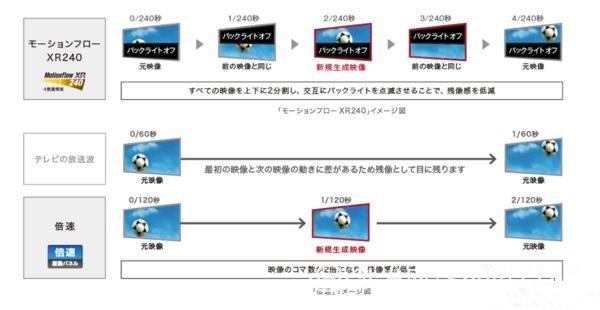
At present, the main force of the cable interface in the TV is HDMI, and you need to consider whether it is convenient to make a decision by connecting your own device to the TV. The current mainstream configuration is 2HDMI1.4+1HDMI2.0, while the high-end TVs are all HDMI2.0 (14-year models will have a Lite version of HDMI2.0 Lite, such as the Sony X8500B series). The main difference between the two is whether they support 4K@60HZ, and there is no significant difference at this stage. There is a small Tips here. If your game device uses more HDMI, you can consider the component color difference cable or the HDMI splitter to access the signal quality like the SDTV set-top box itself. The effect is not too bad.
3D: Still a high-end standard
The heat of 3D has passed for some time, but there are not many sources on the market at present, but most high-end TVs still have 3D capabilities. Here are mainly divided into two kinds of shutter-type and polarized light. Most domestic TVs and LG use polarized 3D, while Samsung and SONY (partially polarized) mainly use shutter 3D. Polarized brightness loss is low, the screen does not flicker, but the resolution is halved. The shutter-type 3D effect is strong, but the glasses are sold at a high price, and the screen brightness is halved and flickers. Therefore, there are no absolute advantages for the two kinds of 3D. If you need this function, Xiaobian here suggests that you try it on the store site.
Smart OR is not smart: Android is not necessarily a scourge
No matter what you need or not, most of the high-end TVs on the market are equipped with intelligent systems. This can have no direct impact on image quality and can be assured. The TV system on the market is currently dominated by Android, and there are also LG, which sticks to WebOS, and Samsung and some daytime TVs that are redesigned to Linux. From an actual use point of view, the advantages of having a smart TV with Android system is still quite a few. It can save a HDMI port that connects to a box, facilitates Bluetooth wireless connection to the device, and installs software to directly watch TV programs, even on large screens. Look at the AB station to watch. However, considering the general hardware configuration of the TV, software games should not be installed as much as good.
There are some things you may need to know
Black Bit: Words often appearing in the mouth of many “experts†represent the black reduction ability of TV screens. Good black level processing should be able to clearly present the night sky and shadows in the eyes of people. However, it is regrettable that current LCDs have inherent defects in this respect and can only be compensated by technology, and OLEDs perform perfectly here due to the self-luminous characteristics.

Input delay: Refers to the signal input and the delay displayed on the screen, which is very important for the game player, I believe you will not want to control the player in the fierce game competition.
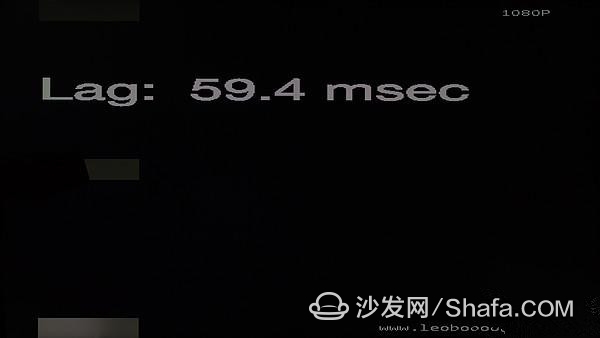
Dynamic Ambiguity: This indicator focuses on the vague performance of TV on fast-moving objects. This is very important for sporting events, and all decisive moments are maddening.
HDR: A friend who likes photography is no stranger to it. It can support a bright contrast experience with high dynamic range in the video. In 2016, this technology was fully rolled out in the TV field. Although there are certain results for ordinary video sources, the current technology tends to have some negative effects on the screen. Therefore, if you have HDR video resources in your hands, you can pay attention to this function when you purchase a TV.
How to choose the TV that suits you
How much money should you expect to spend?
Budget below 4000
The main consideration in this budget is to buy large sizes as much as possible on the premise of ensuring the quality of the picture. Do not think too much about modeling or high-end audio and video needs. Of course, cheaper prices are not necessarily without good goods. This price is a lot of domestic Internet TV. Can meet the needs of many people.
4,000 to 9,000 yuan in the medium budget
This range is the main force for most people to buy TV, and is also the main price range of joint venture brands. Under this budget, if you do not pursue oversize, in addition to the need to consider the picture quality, you can basically put 120Hz panels, 4K or even curved surface into your arms. Of course, the shape matching with home is also a factor that cannot be ignored.
More than 9,000 enjoyment
In the case of ample budgets, it is naturally more demanding. TVs in this price range can not only consider large size, but also generally have more accurate color performance and backlight control (no light leakage), HDR function, and higher budget natural OLEDs can also be considered early adopters.
How big is it to buy? Come a formula!
How big a TV buy seems to be an eternal problem. From the CRT Times newspaper suggested that 25-inch TVs should be watched from 2 meters away, and now we would like to fully enjoy the 4K expressive force of 2 meters to a distance of 70 inches. In fact, we can refer to the formula given by the American Consumer Report:
Viewing distance = TV diagonal size × 1.6 (4K TV can be bought more properly)
According to this formula, we can roughly estimate the viewing distance of the current mainstream TV size
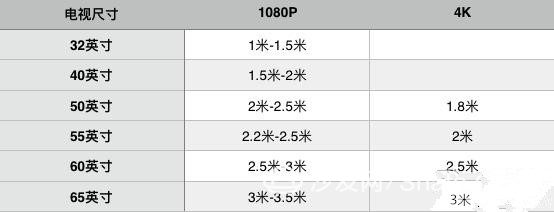

Do you want to do it when you buy a TV: game movies or watching games?
If you want to buy a TV that can meet your specific needs in a high standard, you may wish to refer to these factors. We will introduce parameters into these scenarios for the detailed introduction of specific TV selections.
play games
High demand gamers should pay attention to input delay, dynamic performance, and input criteria when choosing a TV. Among them, the input delay is often not directly related to TV positioning, and the input delay performance of many flagship TVs does not look good. It is also an important consideration whether computers can be accessed at high standards.
watch movie
If you want to set up a movie theater at home, you have to consider the black level performance, resolution, color reproduction, and HDR performance parameters for your TV.
Watch the game
The venue of a sports competition is often composed of a large area of ​​material of the same color. Therefore, whether or not an excellent game can be restored requires dynamic performance and grayscale performance.
Buy new or old models?
In the field of television, it seems that there is an argument among the major forums and masters, that is, "new as well as old." Admittedly, on the one hand, plasma TVs in the past had great advantages in front of the LCD. On the other hand, manufacturers made TV manufacturing processes and configurations drop in price for the sake of pricing. However, old TVs purchased several generations ago still exist. Very big risk. Putting aside the normal aging of electronic components, buying an inventory of plasma TVs is not only unprotected but technical support has long since ceased. The inventory of LCD TVs, such as the 1080P Emperor HX950, will have “vertical gates†and the like. The quality problem. Even if there is a warranty, if you buy it at a high price and you have a problem, you will still change the machine for a contemporary model (for example, the HX950 will be replaced with the X9000C and other similar models), so it is meaningless.
Therefore, Xiao Bian here suggests that buying TV is to buy current models in the mainstream e-commerce or offline channels, and does not need to take great risks in pursuit of the so-called "quality".
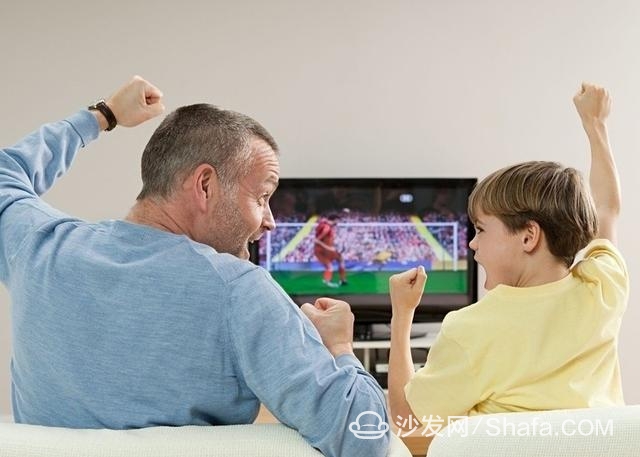
Conclusion
This article was written and authorized by the “Original Little Value†of what is worth buying (SMZDM.COM). Due to space reasons, only the best part was selected for sharing. The full text can go to my station "topic: 2016 TV buy Raiders - joint venture brand articles" view, if you have more home appliances purchase experience want to communicate with us, welcome to interact with us in the comment area.
There are good hardware and display effects, of course, with a rich content resources, the combination of software and hardware can play the greatest value of a TV. In terms of content, it is recommended to install a sofa butler - the sofa butler is a third-party app store designed specifically for smart TVs, Android box users, carefully providing television, box users with high-quality television exclusive version of the application, including with live Or on-demand video and audio and video software, various types of recreational competitive video game software and daily office entertainment management system management tools. click to download

Fast charging,Fast heat radiation,longer life,safety and stability.
Raw materials:
-100% pure lithium cobalt oxide core, high-density ceramic diaphragm, Ensure capacity density same with original 1: 1.
-Load IC from IBM manufacturer can received excessive current meanwhile not automatic shut off.
-TI
IC is Apple original battery chip supplier, the main control chip
automatic updated with original iOS system operation data. Ensure
stability without worrying about power diving. Ensure normal battery
loss, automatic identification with the original battery to maintain the
same performance, intelligent identification, intelligent operation, no
blue screen.
-OEM order connector, high precision, to ensure stable connection with mobile phones, accurate reading data.
*Related Products:IPhone 7 Plus Battery With TI IC
iPhone 7 Plus Battery TI IC,iPhone 7 Plus Battery,iPhone 7 Plus battery with TI,iPhone battery with TI IC
Shenzhen Aokal Technology Co., Ltd. , https://www.aokal.com